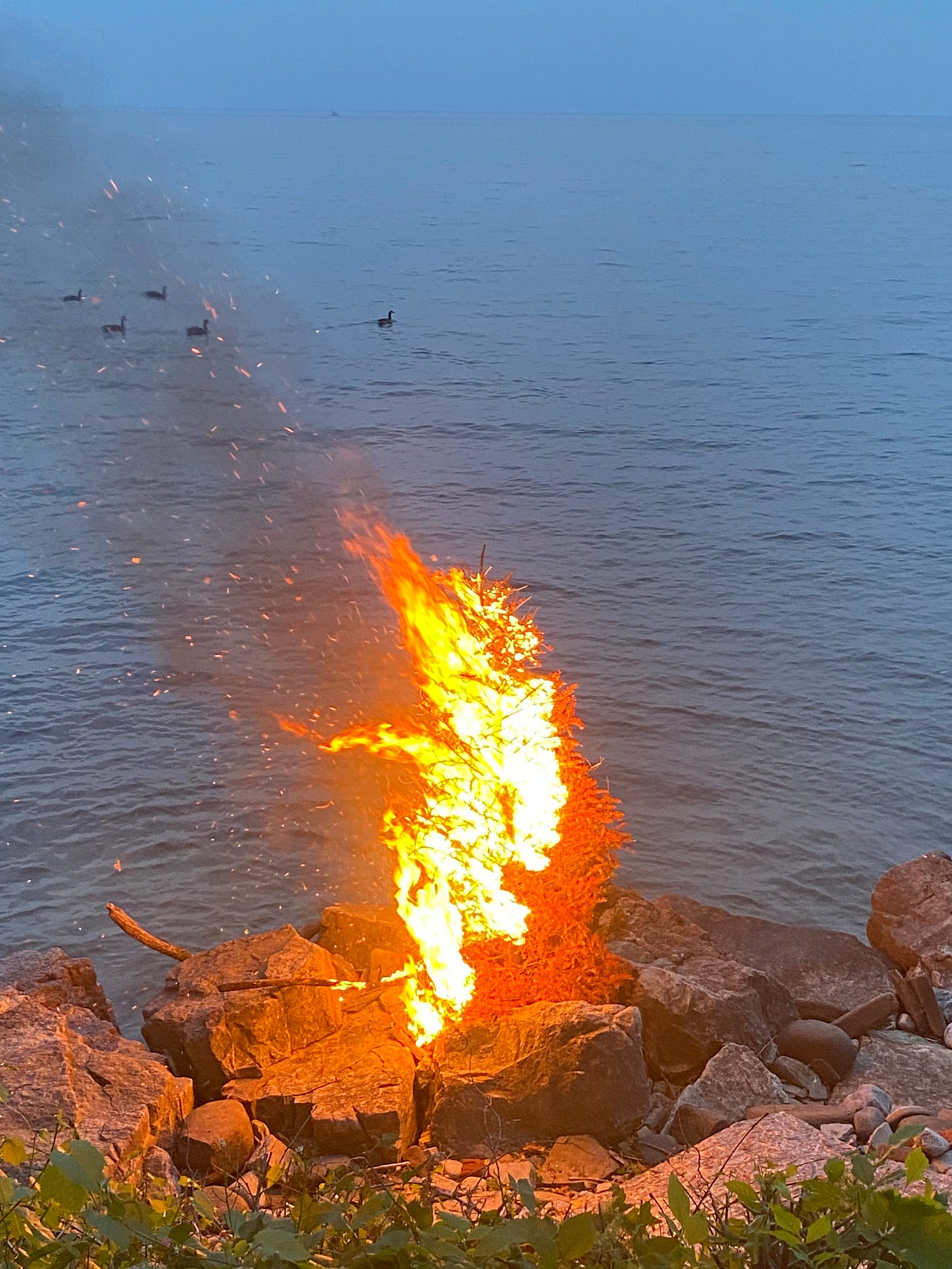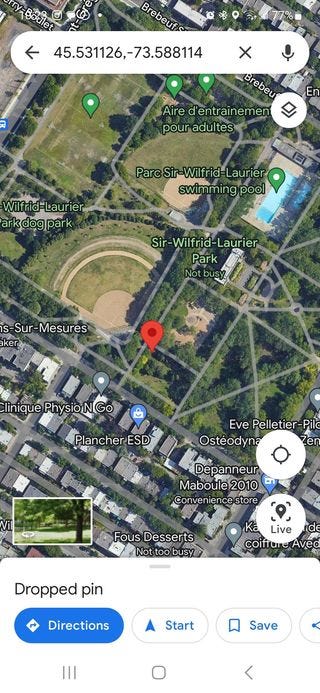Hello lovely subscribers <3
Here is all the info for our very first meeting in the 2nd instalment of our reading group. To start off we chose the questions “how to predict space at the end?” For a lot of us, prediction of the end is one of the first ways we learn and understand “the end of the world.” From doomsday clocks, to terrifying scientific studies giving us only a mere 12 years to avoid irreversible climate destruction, in this meeting we discuss what are the possibilities and limits of such predictions for shaping action.
Pre-reading Exercises:
Spend a minute thinking about how you tend to visualize time. Does it look like a line, a circle, a spiral? Draw it. Next, spend a minute thinking about what your space (whether physical location or your abstract energy) will look like in 10 days, 10 months, and 10 years. Draw or write some key elements. If comfortable, please bring your work in.
Urgency often precedes descriptions of the future. A decade ago, a common framing in news headlines and organizing was “act now or [insert issue here like climate change, artificial intelligence, and fascism] will doom us.” There is no longer a presumption that the worst is reversible and/or avoidable. Now, it is more like “we must act now to mitigate the consequences and despair of emergency and extinction.” For example, here’s an excerpt from an article on the recent heat waves in so-called North America: “Governments have ignored 50 years of warnings from scientists and failed to stand up to the fossil fuel industry. Still today, the US and Canada are expanding fossil fuel extraction. As a result, we now live in a state of climate crisis. And there is no way to avoid things getting worse in the short to medium term. The heat and fire is here. We have to adapt, we have to help others adapt.” How do you tend to respond to this type of framing of the future? How does it inform your own predictions or visions of space in the present and the future? What does it mean to you to continue living within a space characterized by emergency, crisis, and the end of our current world? These are prompting questions. Feel free to write your thoughts or use it as a way to get ready to engage with the readings for this week.
Questions:
The overarching question for this week is how do we predict space at the end of the world? Prediction here is used to mean both something that is theoretical—what do we envision space as amidst the end of the world?— and something active—how do we act within and on space amidst the end of the world?
Each reading comes with its own comprehension and exploratory questions. However, some shared central themes that I’d like us to pay attention to are space and place, hope and patience, and predictions and practices of world-ending and world-building.
Readings
~~
Reading 1: Let This Radicalize You by Mariame Kaba and Kelly Hayes, Chapter 4: Think like a Geographer
Click me —> Link to Reading!
The following is a chapter from Let This Radicalize You, a collection of stories, lessons, and advice geared towards young, budding activists by longtime organizers, Mariame Kaba and Kelly Hayes. As we read, I’d like for us to pay attention to how the writers’ craft space and place and how that informs their practical advice. Here are some guiding questions:
On page three, Gilmore describes how her conception of space and place informs her liberatory work. What are your reactions? How does this accord with your own sense of space and place? How is this impacted by the digital?
Gilmore asks, “What is it about information that becomes knowledge that becomes useful for shaping action?” (7). What are your thoughts?
~~~
Reading 2: Abolitionist Intimacies by EL Jones, The Prison is Always With Us
Click me —> Link to Reading!
The following is a personal essay from El Jones’ Abolitionist Intimacies, a book on care, the carceral system, and abolition.
What is the relationship to Jones between space and history? How does your own histories and knowledge systems inform your ideas of space in the future?
What are Jones’ thoughts on hope and patience? How does it connect to your own?
El Jones concludes her essay with a prediction: “Perhaps one day all prisons, all border camps, all airports where people were deported from, all roads where vans with chained prisoners were transported, perhaps all of those will one day be places people go to ask why, where they brush tears from their eyes, where they think of how brutal, how unfair things were in the past. But even if they were, I’m not naïve enough to think there wouldn’t be some new but same injustice, some other prison, some other safety, some other punishment” (5). What is your response to the quote? How does this relate to or contradict insights from Gilmore, Kaba, and Hayes on abolitionist spaces and practices?
Map
So you can find where we are at Laurier Park
We look forward to seeing you soon xx
-End of the world research






